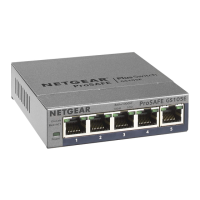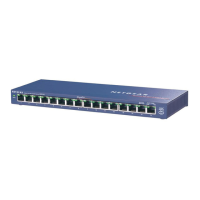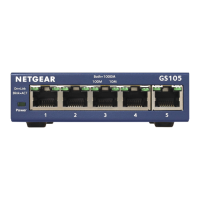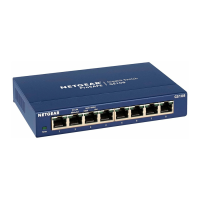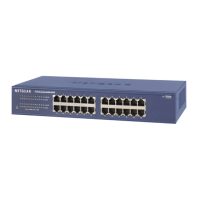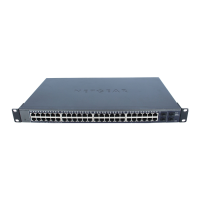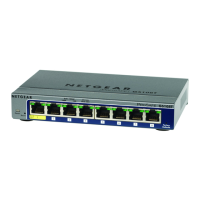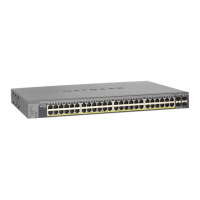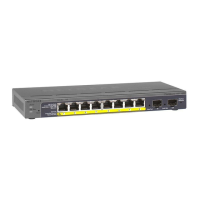163
4
4. Configure Routing
The switch supports IP routing. Use the menus under the Routing tab to manage routing on the
system.
When a packet enters the switch, the destination MAC address is checked to see if it matches
any of the configured routing interfaces. If it does, the switch searches the host table for a
matching destination IP address. If an entry is found, the packet is routed to the host. If no
matching entry is found, the switch performs a longest prefix match on the destination IP
address. If an entry is found, the packet is routed to the next hop. If no match is found, the packet
is routed to the next hop specified in the default route. If no default route exists, the packet is
passed to the software to be handled appropriately.
The routing table can include static entries that were manually added. The host table can include
static entries that were manually added and entries that were dynamically added through ARP.
This chapter contains the following sections.
• Configure IP Settings
• Configure VLAN Routing
• Manage IPv4 Routes
• Configure Address Resolution Protocol
• Configure IPv6
